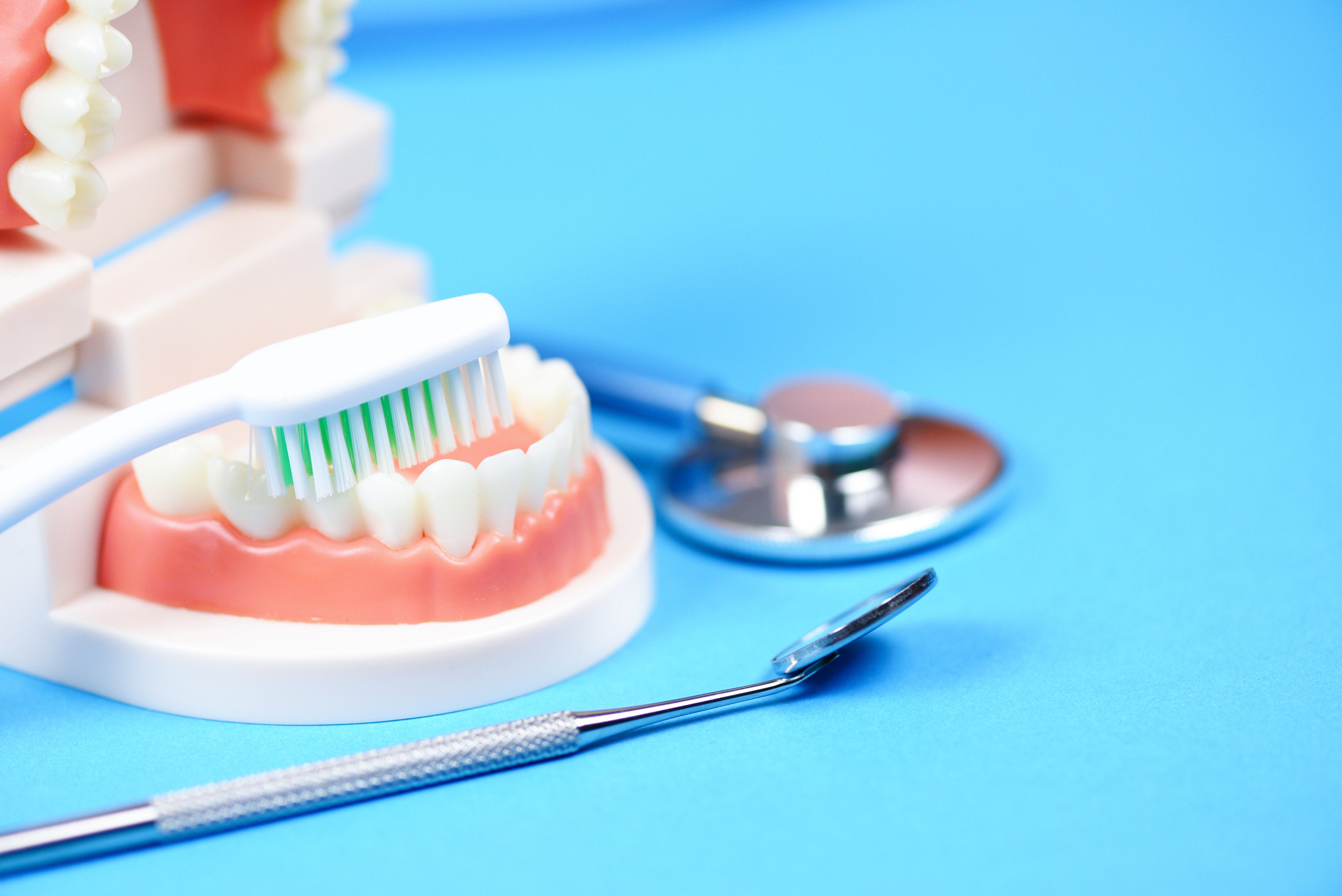Study finds increased pain in women with poor oral health
A new University of Sydney study reveals a strong connection between poor oral health and higher rates of migraines, body pain, and abdominal pain in women.
Study finds increased pain in women with poor oral health | Image Credit: © Bigc Studio - © Bigc Studio - stock.adobe.com.

The odds of migraines, abdominal pain, and body pain are significantly increased in women with poor oral health (OH), according to a recent study by the University of Sydney.1
This was the first study to identify an association between certain oral microbes and pain conditions, highlighting the significance of strong OH. Investigators recommended additional research about the relationship between the oral microbiota and unexplained chronic pain conditions.
Investigating oral health
“This is the first study to investigate oral health, oral microbiota and pain commonly experienced in women with fibromyalgia, with our study showing a clear and significant association between poor oral health and pain," said Joanna Harnett, PhD, MHSc, BHSc, lead investigator and associate professor at the University of Sydney.
The study was conducted to evaluate the link between OH, the microbiome, and certain pain conditions in women.2 Data was collected from a prospective observational study conducted in New Zealand between December 2021 and December 2022. Participants with available oral microbiome data were included in the current analysis.
Assessment tools
Body pain data across a 4-week period was collected using the short-form 36 (SF36) domain ‘bodily pain’ (SF36-BP). Investigators also utilized the widespread pain index (WPI) to evaluate pain measures.
Additional measures included the headache symptom questionnaire (HSQ) for head pain and the functional bowel disorder severity index (FBDSI) for abdominal pain. The World Health Organization’s OH questionnaire for adults (OHQ) was used to assess OH.
OHQ categories included oral care, OH affects oral function, OH affects psychological well-being, diet and lifestyle influences on OH, OH history, OH problems, and self-awareness of OH problems. Items were scored on Likert scales from 3 to 6 points, with an increased score indicating improved OH.
The Diet ID photometric tool was used to measure patients’ diets. Saliva samples were also obtained using the published protocol.
Study population and observations
There were 158 patients included in the final analysis, with oral health data available in 156. A low predictive value of self-reported halitosis was observed for having a low OH score, and a minor association was reported between diet quality and OH, vs an inverse association with body mass index.
Significant inverse associations were reported between self-reported overall OH scores and each pain measure. Of the 156 patients completing the SF36, 10.8% scored a 0, 17.7% were ranked very mild, 10.1% mild, 31% moderate, 23.4% severe, and 5.7% very severe.
Oral health and pain correlations
A mean OH score of 188 was reported in patients with migraine, vs 199 in those without migraine. This indicated worse OH among patients with migraine.
Similarly, the most severe headaches were reported in patients from the lowest OH quintiles, with 58% of those with migraine in the lowest 2 quintiles vs 25% of those without migraine. Overall, the odds ratios (ORs) for frequent and chronic migraine among patients with higher OH scores were 0.95 and 0.92, respectively, indicating a reduced risk.
FBDSI severity was also significantly associated with OH. This included significant pairwise comparisons between patients without functional bowel disorder and each of the mild, moderate, and severe groups.
Microbial associations and further implications
Significant associations with OH scores were identified for 52 oral microbial species. Of these, 33 were significant associations and 16 were inverse. Multiple species linked to a normal microbiome had correlations, and the strongest correlation coefficient was reported for Gardnerella vaginalis.
Associations with body pain were reported for 32 species, 14 of which were linked to the SF36-BP. The strongest inverse correlations were noted for Parvimonas micra, Solobacterium moorei, Dialister pneumosintes, and Prevotella denticola.
Nine species had significant correlation coefficients with migraines, but only Mycoplasma salivarium remained significant following adjustment. Ten species were also associated with the FBDSI score. Overall, the data highlighted increased pain in patients with lower OH scores and an increased range of oral pathobionts.
“Subject to larger studies confirming these findings, we propose that the oral microbiome has a role in pain signalling and requires consideration of an oral microbiome–nervous system axis,” concluded investigators.
References
- Poor oral health linked with body pain and migraines in women. University of Sydney. April 9, 2025. Accessed April 22, 2024. https://www.eurekalert.org/news-releases/1079716.
- Erdrich S, Gelissen IC, Vuyisich M, Toma R, Harnett JE. An association between poor oral health, oral microbiota, and pain identified in New Zealand women with central sensitisation disorders: a prospective clinical study. Front. Pain Res. 2025;6. doi:10.3389/fpain.2025.1577193
